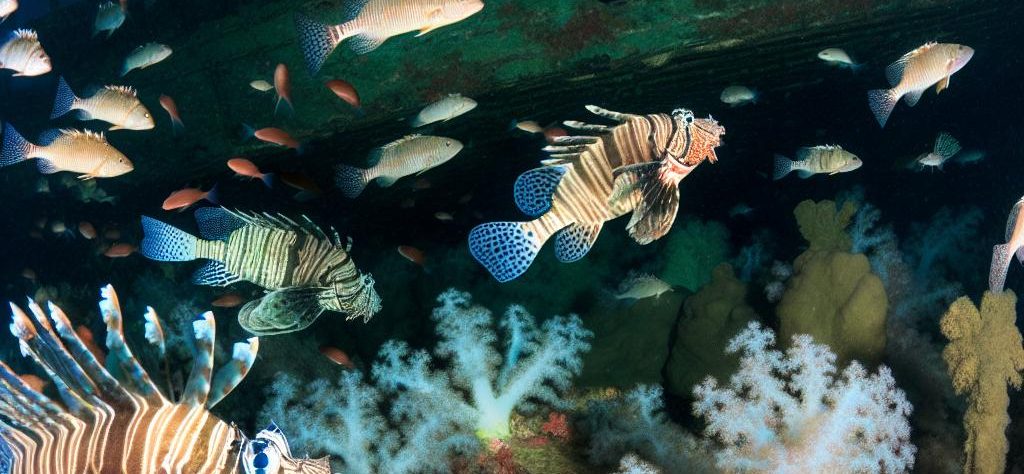Understanding Advanced Wreck Dives
Wreck diving offers an intriguing combination of history, adventure, and the inherent challenges of underwater exploration. This activity includes the exploration of various sunken entities such as ships, aircraft, and occasionally, automobiles. While the majority of wreck dives are non-penetrative in nature, advanced wreck dives present a more complex challenge by allowing divers to penetrate and explore the internal sections of these underwater relics. Due to the potential risks associated with such dives, a higher level of expertise and preparation is necessary.
Essential Skills for Wreck Penetration Dives
Before engaging in a wreck penetration dive, divers must acquire several specific skills and certifications. An advanced diving certification, like the Advanced Open Water Diver or its equivalent, is critical. Additionally, divers should undergo specialized wreck diving training to master techniques specific to penetration dives.
A fundamental skill required is proficiency in buoyancy control and helicopter turns. These skills are vital in preventing the disturbance of silt within the wreck, which could drastically hinder visibility. Furthermore, divers should have expertise in utilizing reels and lines, which are indispensable tools for navigation and safety in the enclosed spaces of a wreck.
Equipment Considerations
The success of wreck penetration dives heavily relies on having the appropriate equipment. Redundant air supply systems, like a twinset or a pony bottle, are recommended to provide a reliable reserve air source during the dive.
High-quality dive lights are essential, given that the interiors of wrecks are typically shrouded in darkness. Having backup lights can offer a crucial alternative in the event of a primary light failure. Additionally, using a dive computer equipped with a depth gauge and adhering to a comprehensive dive plan aids in monitoring no-decompression limits, which is instrumental for a safe ascent.
Risk Management
Engaging in advanced wreck dives entails embracing certain inherent risks. Among the potential hazards divers might face are collapsing structures, entanglement, and siltouts. To manage these risks, divers must adhere to the rule of thirds with regard to air consumption: this rule stipulates that one-third of the air supply should be used for entry, another third for exit, and the final third kept as a reserve.
Thorough dive planning is indispensable. This involves familiarizing oneself with the wreck’s layout, identifying potential entry and exit points, and establishing a clear turn-back point, all of which are critical for a successful dive. Conducting a comprehensive pre-dive briefing and engaging in a buddy check can significantly mitigate potential issues before entering the water.
Notable Advanced Wreck Dives
There are several noteworthy wrecks worldwide that offer advanced penetration diving experiences. The SS Thistlegorm located in the Red Sea is renowned not only for its historical importance but also for its cargo, which provides divers an opportunity to explore preserved artifacts within. Another notable site is the USS Oriskany, an aircraft carrier that was intentionally sunk off the coast of Florida. It boasts vast spaces for exploration and has been coined the “Great Carrier Reef.”
Conclusion
Undertaking an advanced wreck dive demands meticulous preparation, extensive knowledge, and the right equipment. With the necessary skills and adherence to safety protocols, divers can relish the excitement of exploring historical sites beneath the ocean’s surface, all while minimizing associated risks. Enthusiasts who are aiming to engage in such dives should pursue the appropriate training and ensure they are thoroughly equipped to handle the unique challenges posed by advanced wreck penetration dives.

